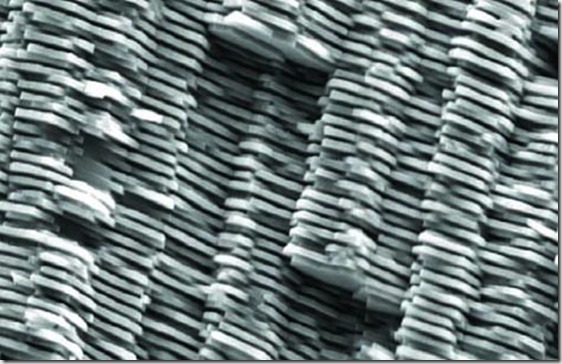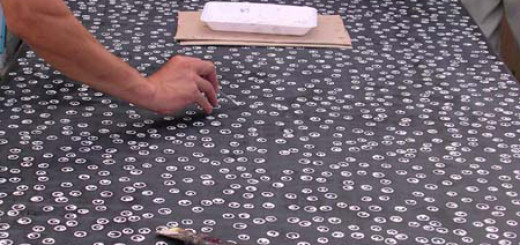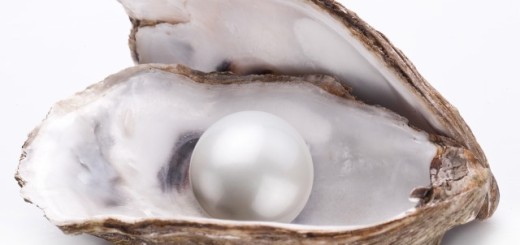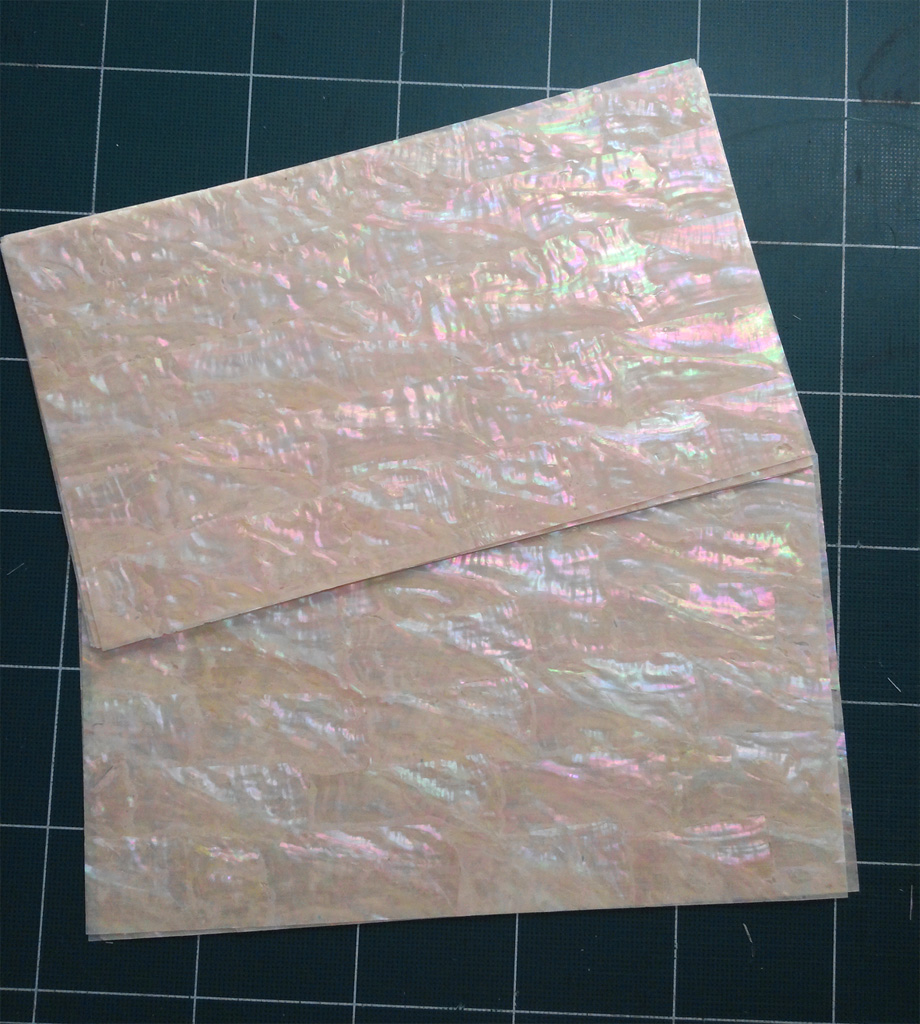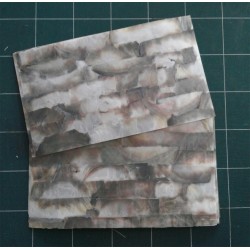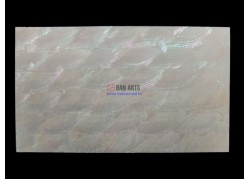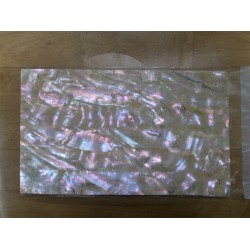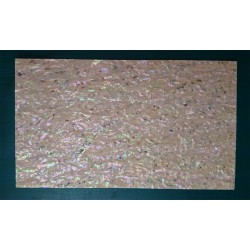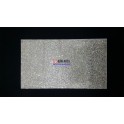The lacquerware is a lacquerware with a mysterious shining shell. It is called mother-of-pearl by attaching decorations made of abalone or shells to furniture and ornaments. In the Goryeo / Chosun Dynasty, it also became a major trading item. As the lifestyle changes, it does not fit into the structure of the house.
Bill Gates is able to customize the ‘XBOX game machine’, which is designed as a mother-of-pearl, against the subtle light. Steve Jobs is also said to have made his cell phone case self-contained. The reason why this lacquer ware is loved as a valuables is in one bright light. It is difficult to express the light of lacquerware in one color. Although it is said to be iridescent, it tends to look a bit different even if it is tilted slightly or frowns.
( The layer section of the lacquerware expanded by electron microscope. The light that comes into the structure is reflected and interfered, creating a brilliant color. )
How can this unpredictable light of a mystic like a chameleon come out? The human eye detects light with a wavelength between about 400 nm and 700 nm (1 nanometer is one billionth of a billionth of a meter). This is called visible light. Most materials have their own pigments, and when they receive light, they reflect light of a specific wavelength, which looks different depending on the wavelength. There is no coloring, but color is also seen. Such is the mofonabi that boasts beauty with dark blue wings.
There is no blue pigment, but scientists have found the reason in the structure of the wings. We have found that the scales of the wings are dense and have a fine multi-layer network structure. We have found that the light entering this structure reflects and interferes with each other and reflects light of blue wavelengths. The color represented by the structure is called the structural color. The beautiful colors of gems such as peacock feathers, bubbles, and opals are structural colors embodied by this same principle. The mysterious light of my mother is also derived from this structure.
Cutting the abalone shell and observing it with a scanning electron microscope (SEM) reveals that the microscopic plate made of calcium carbonate, which is the main component, is piled up like a brick. The light that touches this plate is partially reflected and some reflected back from the floor through the plate. This phenomenon happens on several layers, and the generated lights interfere with each other to produce light of many wavelengths. These lights seem to be brilliant in human eyes. The layer structure is dense and well arranged, and the light is bright. Our abalone is smaller than the foreign abalone but the density of the layer is higher than that of the foreign abalone.
Special inks and fibers have been developed by applying the structural color principle of natural mystery. Furthermore, there are technologies to control light by making an artificial structure, and studies are being actively applied to displays and semiconductors.
– Most substances have their own pigments.
– Reflects light of a specific wavelength
– Different colors depending on wavelength.
– If you have a specific structure without pigment
– Various colors due to light interference
